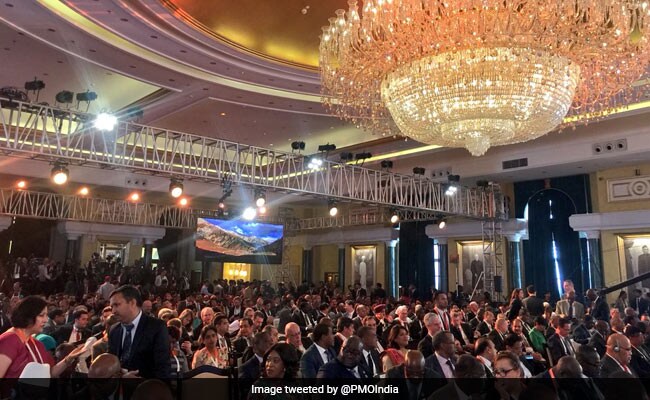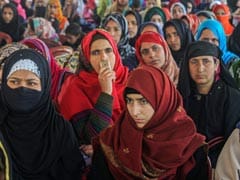The summit will focus on various aspects of promoting solar energy, such as credit mechanism, crowd funding and sharing of technological breakthroughs, in 121 countries associated with ISA. Twenty three heads of state, senior representatives of many countries, including deputy prime ministers and energy ministries are participating in the summit.

23 heads of states and senior leaders are participating in the solar summit.
Today's summit will discuss various projects being prepared by different countries in areas including rural electrification, off grid solar power, water supply and irrigation.
Solar energy generation costs a lot of money and emerging markets find it difficult to fund the projects. But with a joint declaration signed in Delhi between the ISA and major funding agencies, the issue of support has been solved to a great extent.
In January, India crossed a little over 20 gw solar energy capacity, according to clean energy market tracker Mercom India; China's generating capacity is 130 gw. Sixty per cent of India's installed capacity comes from coal, while actual generation of electricity is 75 per cent. Renewables contribute 18 per cent. The rest comes from nuclear, biomass and other sources.
Comments
India plans to generate 1,000 gigawatt (gw) solar energy and raise $1 trillion by 2030. This move could establish India as a major player in geopolitics by taking a leadership role in the critical area of climate change policy and business. Though US President Donald Trump has left the Paris climate deal, China's President Xi Jinping is still in the game.India has succeeded in lowering solar power tariffs, but there are hurdles to the ISA, with only 55 of 121 prospective countries signing up for the alliance. France is the only developed economy to support the ISA, although the World Bank has promised its support while India is taking fast strides. In the meantime, trade wars over solar technology with countries like the US continue.











